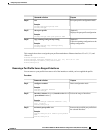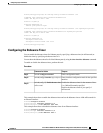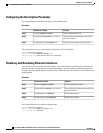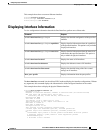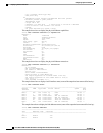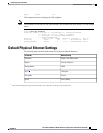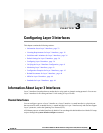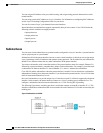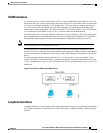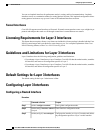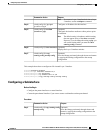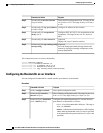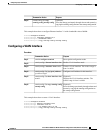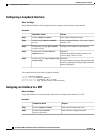
CHAPTER 3
Configuring Layer 3 Interfaces
This chapter contains the following sections:
• Information About Layer 3 Interfaces, page 33
• Licensing Requirements for Layer 3 Interfaces, page 36
• Guidelines and Limitations for Layer 3 Interfaces, page 36
• Default Settings for Layer 3 Interfaces, page 36
• Configuring Layer 3 Interfaces, page 36
• Verifying the Layer 3 Interfaces Configuration, page 41
• Monitoring Layer 3 Interfaces, page 42
• Configuration Examples for Layer 3 Interfaces, page 43
• Related Documents for Layer 3 Interfaces, page 44
• MIBs for Layer 3 Interfaces, page 44
• Standards for Layer 3 Interfaces, page 44
Information About Layer 3 Interfaces
Layer 3 interfaces forward packets to another device using static or dynamic routing protocols. You can use
Layer 3 interfaces for IP routing and inter-VLAN routing of Layer 2 traffic.
Routed Interfaces
You can configure a port as a Layer 2 interface or a Layer 3 interface. A routed interface is a physical port
that can route IP traffic to another device. A routed interface is a Layer 3 interface only and does not support
Layer 2 protocols, such as the Spanning Tree Protocol (STP).
All Ethernet ports are switched interfaces by default. You can change this default behavior with the CLI setup
script or through the system default switchport command.
Cisco Nexus 5000 Series NX-OS Interfaces Configuration Guide, Release 5.2(1)N1(1)
78-26881-OL 33



